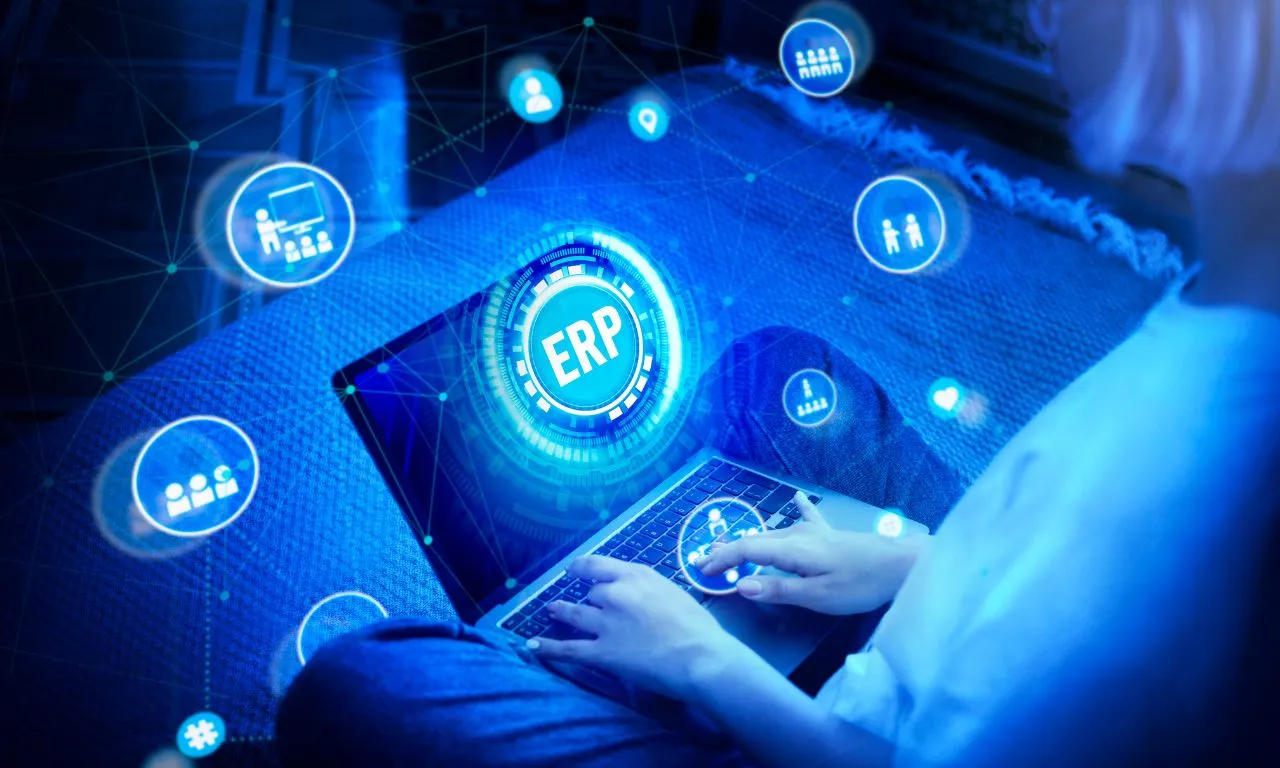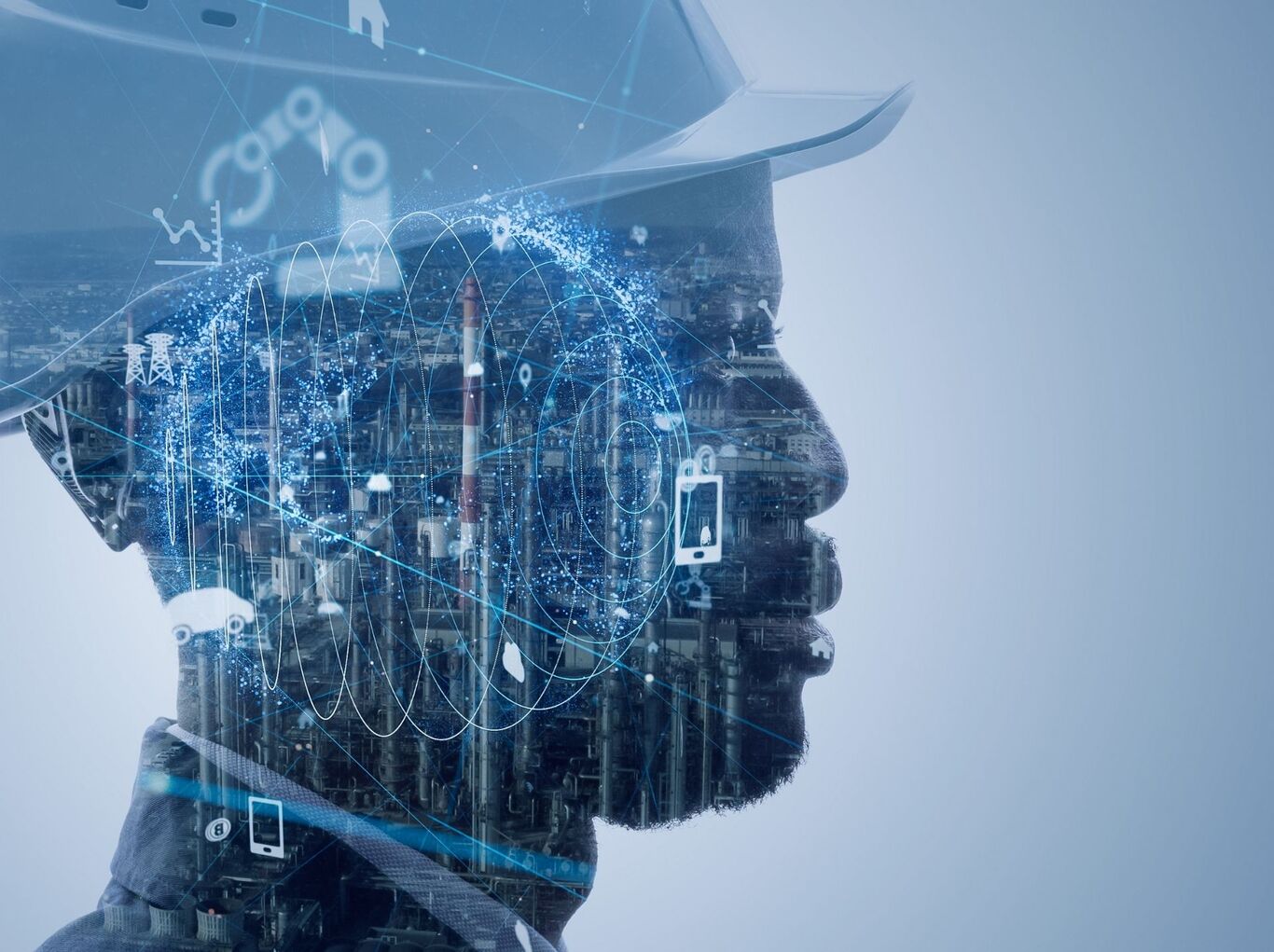School ERP Systems: Driving Efficiency Across K-12 Campuses

The modern K-12 institution is no longer confined to chalkboards and attendance registers. As parents demand transparency, teachers juggle digital tools, and administrators manage growing operational complexities, the need for a unified school ERP system has never been greater.
In India and beyond, schools have traditionally adopted point solutions like a fee collection app here, an attendance tracker there, an LMS for academics. But this fragmented approach often creates silos that slow down decision-making. The next evolution is clear: a fully integrated ERP school system that acts as the digital backbone for every school function.
What is a School ERP Software
At its core, an ERP School System is an integrated software solution designed to centralize all administrative, academic, and financial functions of a school. It connects diverse modules such as admissions, attendance, timetables, HR, transport, and finance into a single digital ecosystem. Unlike traditional school management software, ERP systems are designed to handle end-to-end workflows. They don’t just manage; they integrate, automate, and analyze.
Key functions typically covered by a school ERP system include:
- Admissions management
- Fee collection and financial tracking
- Attendance and timetable management
- Academic assessments and report generation
- Staff payroll and HR management
- Transport tracking and safety monitoring
- Communication dashboards for parents and teachers
This integration eliminates redundancy, minimizes errors, and ensures every stakeholder administrators, teachers, students, and parents interacts within one unified system.
Why ERP Systems Have Become Essential for K-12 Institutions: Use Cases
The digital transformation of education isn’t limited to online classrooms. Post-pandemic, schools have realized that back-end operations must evolve too.
Centralized Data Management
With every department maintaining its own spreadsheet or portal, administrators spend hours reconciling information. An ERP platform centralizes all records in one place simplifying audits, reducing manual intervention, and improving accuracy.
Real-Time Decision-Making
Modern ERP school systems provide real-time dashboards and analytics, helping principals and decision-makers track attendance trends, fee collection, academic performance, and resource utilization on a single screen.
Enhanced Transparency for Parents
Parents expect transparency: instant updates on grades, attendance, and fees. Through parent portals and mobile apps integrated into ERP systems, schools can offer seamless communication and trust-based engagement.
Operational Cost Efficiency
Though implementation costs may seem high initially, the long-term benefits like optimized resource use, reduced administrative overheads, and minimized errors generate a strong ROI for schools.
The Key Components & Features of a School ERP System
A robust ERP system in schools comprises interconnected modules. Let’s break down the core ones driving efficiency.
1. Admissions & Enrollment
Automates the entire process from inquiry to enrollment. Schools can track applicant data, manage online forms, schedule interviews, and reduce paper-based workflows.
2. Academic & Examination Module
Streamlines timetables, subject allocations, grading, and progress reports. Teachers can input marks directly into the system, ensuring accuracy and faster report generation.
3. Finance & Accounting
Integrates with payment gateways for fee collection, automates salary disbursement, and manages expense tracking, all within one dashboard.
4. Human Resource (HR) Management
Manages teacher recruitment, attendance, payroll, and performance reviews.
5. Transport Management
Tracks vehicle routes, driver details, fuel consumption, and GPS-enabled student safety features.
6. Communication Portals
Creates two-way communication between parents, students, and teachers. Notifications, circulars, and homework updates are sent in real-time.
7. Analytics & Reporting
A powerful analytics layer transforms raw data into actionable insights, identifying trends in attendance, learning outcomes, and operational efficiency.
ERP School Implementation: Challenges and Solutions
Implementing an education ERP software solution isn’t just a technical project, it’s an organizational transformation.
1. Resistance to Change
Teachers and administrative staff may be hesitant to adopt new systems. A structured change management plan including hands-on training, phased rollouts, and feedback loops can help smooth the transition.
2. Integration with Legacy Systems
Schools often use pre-existing software for accounting or attendance. Choosing an ERP platform that supports API-based integrations ensures continuity without disruption.
3. Data Migration and Security
Migrating years of student and financial data requires careful handling. Leading vendors use encryption, role-based access control, and compliance frameworks (like ISO 27001) to ensure data safety.
4. Budget Constraints
ERP implementation can be expensive. However, adopting a modular approach. starting with essential modules and scaling gradually, allows cost control without compromising transformation.
Measuring ROI from ERP School Systems
Quantifying ROI goes beyond financial returns. ERP systems deliver multi-dimensional benefits that extend into efficiency, accuracy, and satisfaction. Some of the measurable ROI indicators include:
- 30–50% reduction in administrative time.
- 20–40% faster fee collection cycles.
- 15–25% improved student engagement due to communication transparency.
- Enhanced teacher productivity through automation.
When combined with predictive analytics and AI-driven insights, these metrics empower schools to become truly data-led institutions.
Selecting the Right ERP Partner
With dozens of school ERP providers in India and globally, schools must evaluate based on functionality, scalability, and support.
Key Evaluation Criteria
- Integration readiness with LMS, CRM, and accounting software.
- Customization flexibility to match institutional workflows.
- User experience across desktop and mobile.
- Vendor reputation and implementation success rate.
- Post-deployment support and maintenance policy.
For instance, Edunext Technologies in India exemplifies the integrated model, offering modules that cover admissions, HR, fees, and academic workflows under one unified platform, though schools must ensure the chosen solution fits their own context and scale.
The Role of AI and CRM in Next-Gen ERP School Systems
The future of ERP in education lies in intelligence and integration.
AI-Driven Insights
AI-enabled ERP modules can predict student performance risks, suggest personalized learning plans, and optimize resource allocation.
CRM Integration
When linked with CRM systems, ERPs enhance parent engagement tracking leads, managing inquiries, and improving conversion rates during admission cycles.
Predictive Analytics for Administrators
Predictive dashboards can forecast fee collection trends or student retention risks, allowing proactive intervention.
These advancements are turning ERP systems from operational backbones into strategic decision-making engines.
Best Practices for ERP Implementation Success
Schools embarking on ERP adoption can follow these practical steps for smooth execution:
- Establish clear goals: define outcomes before selecting the tool.
- Engage all stakeholders early: from teachers to parents.
- Choose cloud-based systems for accessibility and scalability.
- Prioritize training and onboarding to drive adoption.
- Track post-implementation metrics to measure impact.
GrowthJockey's School ERP Software solution: OttoScholar
In India, ERP adoption among schools is accelerating as NEP 2020 emphasizes digital transformation. Local vendors are tailoring solutions to the unique compliance, fee structure, and multilingual needs of Indian institutions. Government-supported initiatives like Digital India and PM eVidya are also nudging institutions toward integrated platforms that unify learning management and administrative data. ERP adoption is no longer a luxury, it’s an operational necessity for schools striving to scale without chaos.
OttoScholar is GrowthJockey’s leap into the future of school management - an ERP built natively for India’s K–12 landscape. Designed mobile-first and powered by cloud architecture, it adapts to how Indian schools actually operate, from multilingual compliance to complex fee structures.
What sets OttoScholar apart is its native integration with Intellsys, GrowthJockey’s analytics copilot, enabling real-time visibility into academic performance, fee collection, and resource utilization. More than an ERP, OttoScholar is the digital command center for schools aiming to scale with intelligence, not chaos; transforming every operational touchpoint into actionable insight.
Conclusion
The journey from fragmented tools to an integrated ERP school ecosystem represents a fundamental shift in how educational institutions operate. Schools that embrace ERP systems are not merely adopting technology, they’re laying the groundwork for data-driven, transparent, and future-ready education.
By centralizing operations, connecting stakeholders, and integrating with AI and CRM layers, ERP platforms are transforming schools into intelligent, agile enterprises. As a venture architect, GrowthJockey builds frameworks that bridge strategy, technology, and execution, powered by platforms like Intellsys.ai and OttoScholar, to unlock the next phase of education and enterprise growth.
FAQs
Q1. What is the full form of ERP?
The full form of ERP is Enterprise Resource Planning.
Q2. How is a school ERP Software different from school management software?
School management software often handles limited functions, while an ERP system integrates multiple modules such as finance, HR, academics, transport, into a centralized ecosystem.
Q3. Which is the best ERP for schools in India?
Top ERP solutions for Indian schools include Entab CampusCare, Teachmint, OttoScholar, MyClassboard, and Campus 365, known for features like fee management, student information systems, parent communication, and integration with Indian payment systems like UPI.
Q4. How can schools ensure successful ERP implementation?
Schools should start with clear goals, train staff, choose scalable vendors, and adopt a phased rollout strategy to minimize disruption and maximize adoption.
Q5. Are ERP systems suitable for small schools?
Yes, many modern ERP vendors offer cloud-based, modular solutions that small schools can adopt cost-effectively, scaling up as their needs grow.








